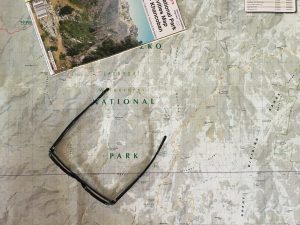Stuff I’ve Learned About Garmin Watches
seedsAdmin2023-07-04T00:21:34+00:00This is not meant to tell you everything about Garmin, or other watches, rather it is a brief summary of what I’ve learned about hiking watches.
There are two main watch brands that hikers consider to be very good. Garmin and Suunto. Both are considered to be very good based on their mapping and battery life. I don’t have much experience with Suunto and will most likely stay with Garmin without ever trying Suunto. That is primarily because Garmin are very good, have a lower entry cost and their tech is very good. Other watches that claim to be for “adventure” etc (like Samsung Galaxy and Apple) usually significantly fail with battery life which makes them unsuited to multi-day treks (ie: what we do). I also know many people with Garmin and very few with Suunto.
Garmin watches have lots of features and lots of different models. The primary feature that we recommend is the visible maps although they do a lot more than that. The main model that I’ve always chosen comes from the Garmin Fenix series of watches. The Fenix series are multisport so the watches get used during the year as well as providing excellent tools during the hikes. There are other Garmin models that show maps but I haven’t used them at this stage (Epix/Instinct/Forerunner and possibly others).
Garmin’s website is a bit annoying to help you find a watch that matches the features you need so be careful when choosing one. As an example, a Garmin Fenix with “Pro” in the name (eg: Garmin Fenix 6X Pro) has mapping but one without “Pro” doesn’t have mapping (eg: Garmin 6X). I say again, check thoroughly before spending.

